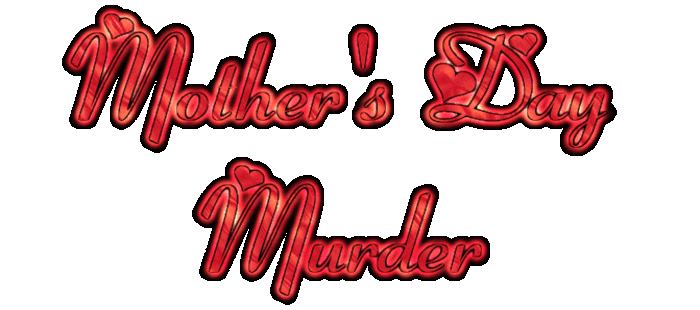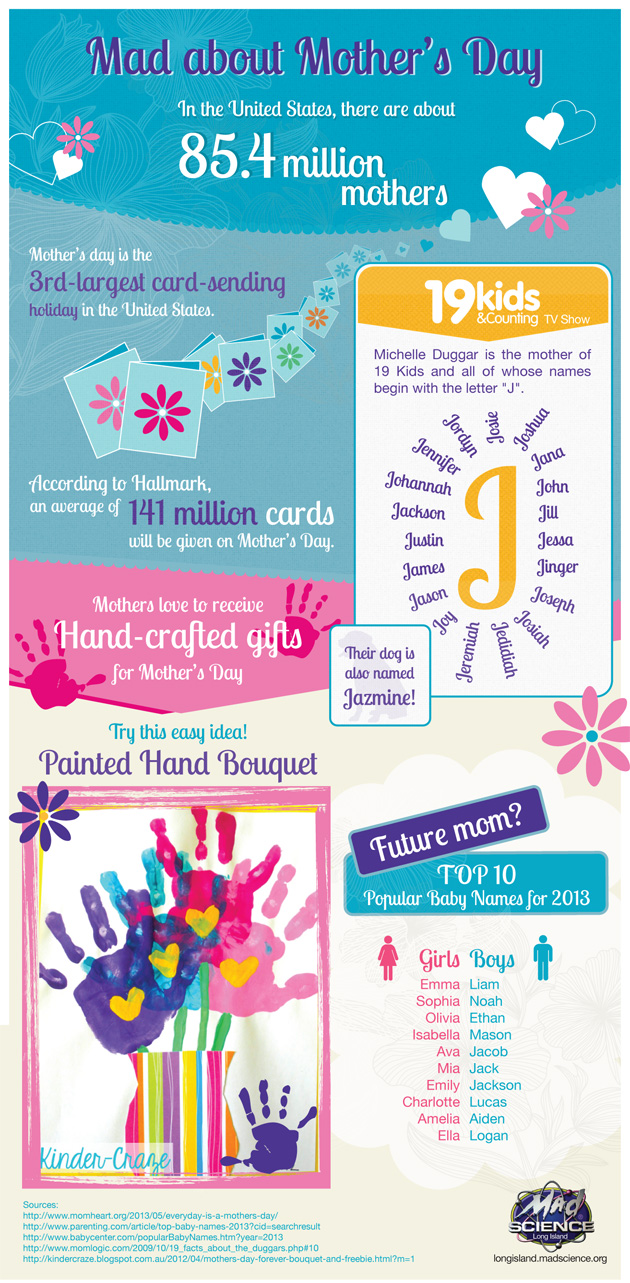🎇
EarthCam - New Year's 2018 / New Year's Eve 2018
Webcam Network | EarthCam is proud to present New Year's 2016 from Times Square and a host of cities around the world. Enjoy multiple webcam views, along with streaming video and audio, and watch as the world ushers in 2016!
The Top 10 Google Searches of 2017:
- 1. Hurricane Irma
- 2. Matt Lauer
- 3. Tom Petty
- 4. Super Bowl
- 5. Las Vegas shooting
- 6. Mayweather vs McGregor fight
- 7. Solar eclipse
- 8. Hurricane Harvey
- 9. Aaron Hernandez
- 10. Fidget Spinner
New Years Countdown Clock 2017, New Years Eve Countdown Clock Timer
Online New Years Countdown Clock 2017 in any time zone. Map shows the New Year's Eve Countdown, the number of days, hours, minutes & seconds until the beginning of the new year 2017.
Tweeting HAPPY NEW YEAR around the world
An interactive visualization that shows how people around the world tweeted happy new year messages as 2013 became 2014
New Year's Music Box
Create your own version of the New Year's song, Auld Lang Syne, by interacting with different instruments and their harmonies.
New Year Map - Year 2018
Watch in real-time as the New Year moves across the world map from east to west.
🎇
👉 
Click
 on
on  any
any  of
of  these
these  fireworks
fireworks  for
for  different
different  New Years
New Years  interactive
interactive  Fireworks
Fireworks  Shows
Shows  👈
👈
Jack Benny New Years, because why not..
New Year's Day, also called simply New Year's or New Year, is observed on January 1, the first day of the year on the modern Gregorian calendar as well as the Julian calendar.
In pre-Christian Rome under the Julian calendar, the day was dedicated to Janus, god of gateways and beginnings, for whom January is also named. As a date in the Gregorian calendar of Christendom, New Year's Day liturgically marked the Feast of the Naming and Circumcision of Jesus, which is still observed as such in the Anglican Church and Lutheran Church.
In present day, with most countries now using the Gregorian calendar as their de facto calendar, New Year's Day is probably the most celebrated public holiday, often observed with fireworks at the stroke of midnight as the new year starts in each time zone. Other global New Year's Day traditions include making New Year's resolutions and calling one's friends and family.
History
In Christendom, under which the Gregorian Calendar developed, New Year's Day traditionally marks the Feast of the Circumcision of Christ, which is still observed as such by the Anglican Church and the Lutheran Church.
Mesopotamia (Iraq) instituted the concept of celebrating the new year in 2000 BC, celebrated new year around the time of the vernal equinox, in mid-March. The early Roman calendar designated March 1 as the new year. The calendar had just ten months, beginning with March. That the new year once began with the month of March is still reflected in some of the names of the months. September through December, our ninth through twelfth months, were originally positioned as the seventh through tenth months. (Septem is Latin for "seven"; octo, "eight"; novem, "nine"; and decem, "ten".) Roman legend usually credited their second king Numa with the establishment of the months of January and February. These were first placed at the end of the year, but at some point came to be considered the first two months instead.
The January Kalends (Latin: Kalendae Ianuariae) came to be celebrated as the new year at some point after it became the day for the inaugurating new consuls in 153 BC. Romans had long dated their years by these consulships, rather than sequentially, and making the kalends of January start the new year aligned this dating. Still, private and religious celebrations around the March new year continued for some time and there is no consensus on the question of the timing for January 1's new status. Once it became the new year, however, it became a time for family gatherings and celebrations. A series of disasters, notably including the failed rebellion of M. Aemilius Lepidus in 78 bc, established a superstition against allowing Rome's market days to fall on the kalends of January and the pontiffs employed intercalation to avoid its occurrence.
In AD 567, the Council of Tours formally abolished January 1 as the beginning of the year. At various times and in various places throughout medieval Christian Europe, the new year was celebrated on December 25 in honor of the birth of Jesus; March 1 in the old Roman style; March 25 in honor of Lady Day and the Feast of the Annunciation; and on the movable feast of Easter. These days were also astronomically and astrologically significant since, at the time of the Julian reform, March 25 had been understood as the spring equinox and December 25 as the winter solstice. (The Julian calendar's small disagreement with the solar year, however, shifted these days earlier before the Council of Nicaea which formed the basis of the calculations used during the Gregorian reform of the calendar.) Medieval calendars nonetheless often continued to display the months running from January to December, despite their readers reckoning the transition from one year to the next on a different day.
Among the 7th century pagans of Flanders and the Netherlands, it was the custom to exchange gifts on the first day of the new year. This custom was deplored by Saint Eligius (died 659 or 660), who warned the Flemish and Dutch: "(Do not) make vetulas, [little figures of the Old Woman], little deer or iotticos or set tables [for the house-elf, compare Puck] at night or exchange New Year gifts or supply superfluous drinks [another Yule custom]." However, on the date that European Christians celebrated the New Year, they exchanged Christmas presents because New Years' Day fell within the twelve days of the Christmas season in the Western Christian liturgical calendar; the custom of exchanging Christmas gifts in a Christian context is traced back to the Biblical Magi who gave gifts to the Child Jesus.
Because of the leap year error in the Julian calendar, the date of Easter had drifted backward since the First Council of Nicaea decided the computation of the date of Easter in 325. By the sixteenth century, the drift from the observed equinox had become unacceptable. In 1582, Pope Gregory XIII declared the Gregorian calendar widely used today, correcting the error by a deletion of 10 days. The Gregorian calendar reform also (in effect) restored January 1 as New Year's Day. Although most Catholic countries adopted the Gregorian calendar almost immediately, it was only gradually adopted among Protestant countries. The British, for example, did not adopt the reformed calendar until 1752. Until then, the British Empire – and its American colonies – still celebrated the new year on 25 March.
Most nations of Western Europe officially adopted 1 January as New Year's Day somewhat before they adopted the Gregorian Calendar. In Tudor England, New Years Day, along with Christmas Day and Twelfth Night, was celebrated as one of three main festivities among the twelve days of Christmastide. There, until the adoption of the Gregorian Calendar in 1752, the first day of the new year was the Western Christian Feast of the Annunciation, on 25 March, also called "Lady Day". Dates predicated on the year beginning on 25 March became known as Annunciation Style dates, while dates of the Gregorian Calendar commencing on 1 January were distinguished as Circumcision Style dates, because this was the date of the Feast of the Circumcision, the observed memorial of the eighth day of Jesus Christ's life after his birth, counted from the latter's observation on Christmas, 25 December. Pope Gregory acknowledged 1 January as the beginning of the new year according to his reform of the Catholic Liturgical Calendar.
Festivals and celebrations marking the beginning of the calendar have been around for thousands of years. While some festivities were simply a chance to drink and be merry, many other New Year celebrations were linked to agricultural or astronomical events. In Egypt, for instance, the year began with the annual flooding of the Nile, which coincided with the rising of the star Sirius. The Phoenicians and Persians began their new year with the spring equinox, and the Greeks celebrated it on the winter solstice. The first day of the Chinese New Year, meanwhile, occurred with the second new moon after the winter solstice.
The Celebration of Akitu in Babylon
The earliest recorded New Year’s festivity dates back some 4,000 years to ancient Babylon, and was deeply intertwined with religion and mythology. For the Babylonians of ancient Mesopotamia, the first new moon following the vernal equinox—the day in late March with an equal amount of sunlight and darkness—heralded the start of a new year and represented the rebirth of the natural world. They marked the occasion with a massive religious festival called Akitu (derived from the Sumerian word for barley, which was cut in the spring) that involved a different ritual on each of its 11 days. During the Akitu, statues of the gods were paraded through the city streets, and rites were enacted to symbolize their victory over the forces of chaos. Through these rituals the Babylonians believed the world was symbolically cleansed and recreated by the gods in preparation for the new year and the return of spring.
In addition to the new year, Atiku celebrated the mythical victory of the Babylonian sky god Marduk over the evil sea goddess Tiamat and served an important political purpose: it was during this time that a new king was crowned or that the current ruler’s divine mandate was renewed. One fascinating aspect of the Akitu involved a kind of ritual humiliation endured by the Babylonian king. This peculiar tradition saw the king brought before a statue of the god Marduk, stripped of his royal regalia, slapped and dragged by his ears in the hope of making him cry. If royal tears were shed, it was seen as a sign that Marduk was satisfied and had symbolically extended the king’s rule.
Ancient Roman Celebration of Janus
The Roman New Year also originally corresponded with the vernal equinox. The early Roman calendar consisted of 10 months and 304 days, with each new year beginning at the vernal equinox.
According to tradition, the calendar was created by Romulus, the founder of Rome, in the eighth century B.C.
However, over the centuries, the calendar fell out of sync with the sun, and in 46 B.C. the emperor Julius Caesar decided to solve the problem by consulting with the most prominent astronomers and mathematicians of his time. He introduced the Julian calendar, a solar-based calendar which closely resembles the more modern Gregorian calendar that most countries around the world use today.
As part of his reform, Caesar instituted January 1 as the first day of the year, partly to honour the month’s namesake: Janus, the Roman god of change and beginnings, whose two faces allowed him to look back into the past and forward into the future. This idea became tied to the concept of transition from one year to the next.
Romans would celebrate January 1st by offering sacrifices to Janus in the hope of gaining good fortune for the New Year, decorating their homes with laurel branches and attending raucous parties. This day was seen as setting the stage for the next twelve months, and it was common for friends and neighbours to make a positive start to the year by exchanging well wishes and gifts of figs and honey with one another.
Middle Ages: January 1st Abolished
In medieval Europe, however, the celebrations accompanying the New Year were considered pagan and unchristian-like, and in 567 AD the Council of Tours abolished January 1st as the beginning of the year, replacing it with days carrying more religious significance, such as December 25th or March 25th, the Feast of the Annunciation, also called “Lady Day”.
The date of January 1st was also given Christian significance and became known as the Feast of the Circumcision, considered to be the eighth day of Christ's life counting from December 25th and following the Jewish tradition of circumcision eight days after birth on which the child is formally given his or her name. However, the date of December 25th for the birth of Jesus is debatable.
Gregorian Calendar: January 1st Restored
In 1582, after reform of the Gregorian calendar, Pope Gregory XIII re-established January 1st as New Year’s Day. Although most Catholic countries adopted the Gregorian calendar almost immediately, it was only gradually adopted among Protestant countries. The British, for example, did not adopt the reformed calendar until 1752. Until then, the British Empire, and their American colonies, still celebrated the New Year in March.





























